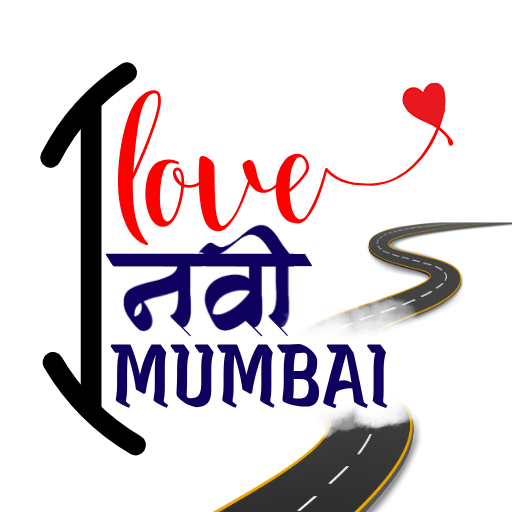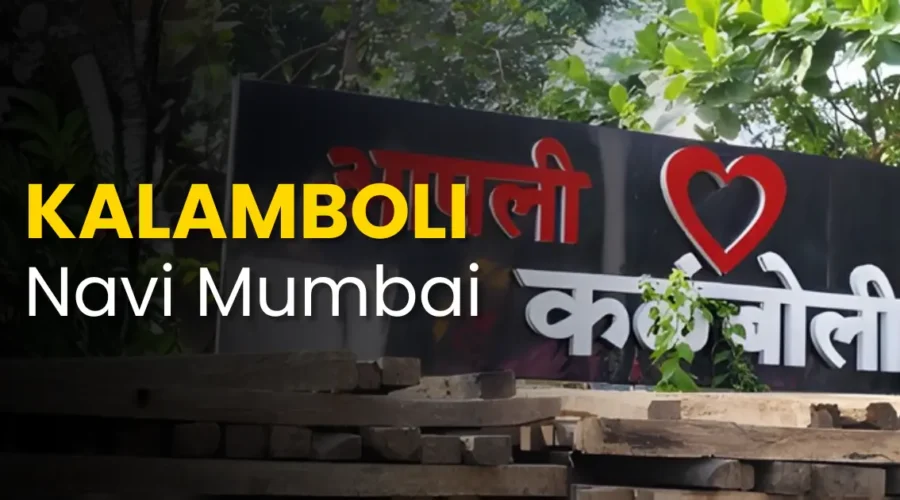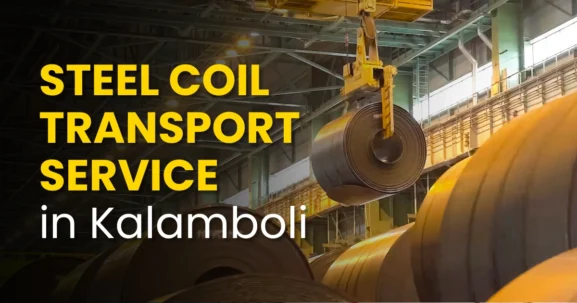Kalamboli Navi Mumbai: Full Details
Kalamboli introduces itself with noise. The roar of trucks. The impatient honks trapped under the flyover. The endless shuffle of goods heading to every corner of western India. For most travelers rushing through the Mumbai-Pune Expressway, Kalamboli feels like nothing more than a logistics pit stop.
Yet that’s merely the first layer.
Behind those freight yards lies a residential world full of families, morning mandirs, D-Mart queues, school uniforms, green parks, and loud Sunday cricket in sector playgrounds. A strange duality forms its character. The industrial shell is impossible to ignore, though locals will tell you that the residential core is what truly defines Kalamboli now.
This deep dive offers a holistic look at Kalamboli, shaped by its people, economy, infrastructure, and the contradictions that make it one of Navi Mumbai’s most misunderstood localities.
The Vibe: A Node of Contradictions
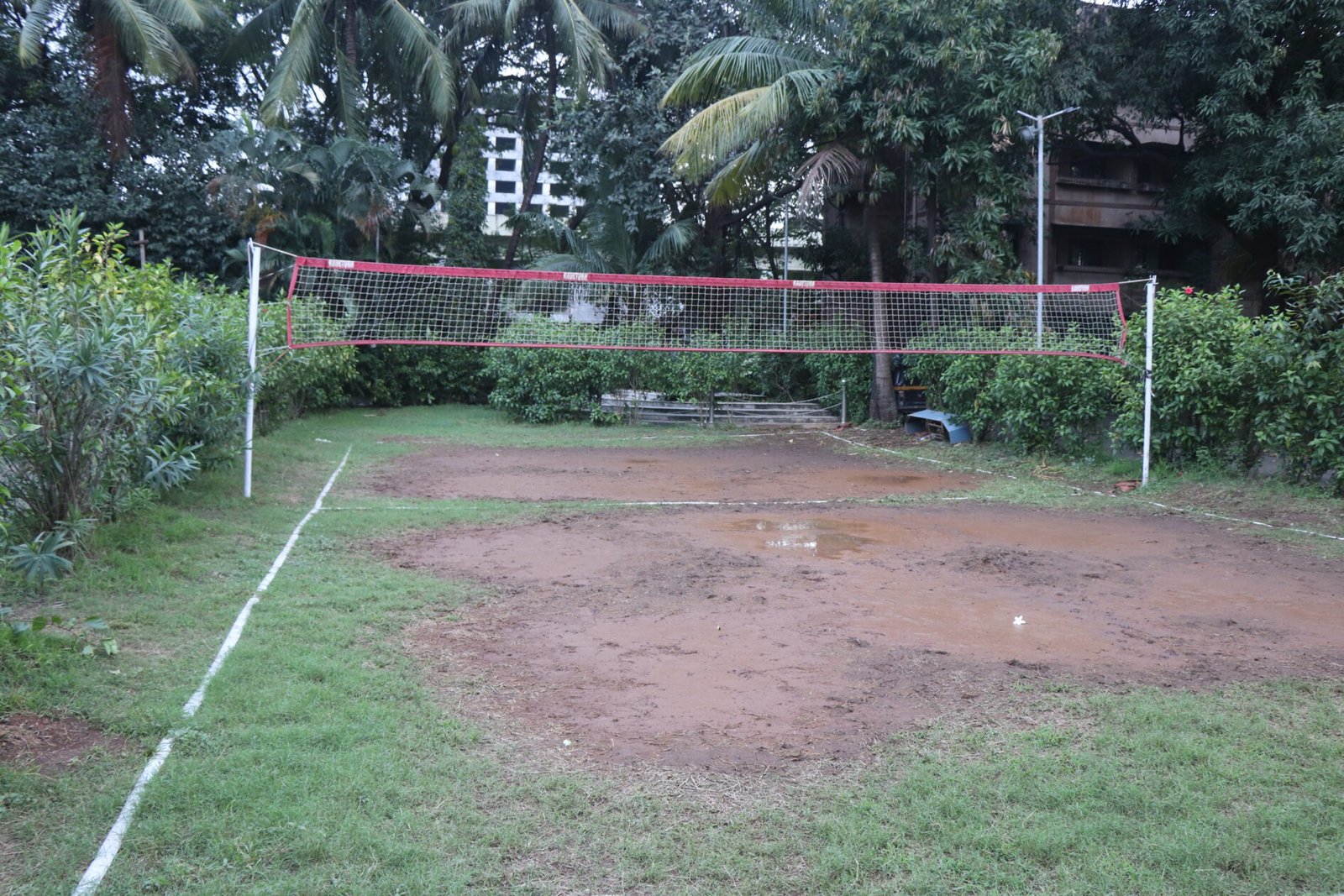
A developer will call Kalamboli “future premium.” A resident might say “affordable convenience.” A commuter stuck at a jam? “Literal hell.”
Both are telling the truth.
Connectivity? Elite.
Livability? Debatable.
Kalamboli is where strategic location collides with everyday struggle. A place where new housing towers rise beside warehouses and transport depots. Residents will brag about the highways but complain about the pollution the next breath.
There’s pride here. Frustration too.
Kalamboli is still figuring itself out in real time.
Outsider Perception vs. Local Reality
Ask someone from Vashi or Bandra what they think of Kalamboli. You’ll likely hear clichés:
“Dusty.”
“Truck terminal.”
“Steel market only.”
However, residents see something completely different. They highlight:
- Affordable homes when Mumbai feels impossible
- A self-contained local eco-system
- Schools, hospitals, and yes, the beloved D-Mart
- A community that’s slowly tightening its roots
Kalamboli is the entry gateway to Navi Mumbai for thousands of hardworking families. It’s not glamorous. It’s practical.
A Hub Without a Nickname
Vashi. Nerul. Kharghar.
Each has a recognizable personality.
Kalamboli? No nickname. No brand.
Why?
Because its identity is still evolving.
It lives in the shadow of lifestyle-focused neighbors like Kharghar. Its industrial-residential split prevents a unified cultural story from forming.
The day Kalamboli gets a cool shorthand like “K-Mobi” or “Kali Junction” might be the day it fully embraces a singular identity. Not just a crossroads, but a community.
The Heart of Steel: Inside Asia’s Largest Steel Market
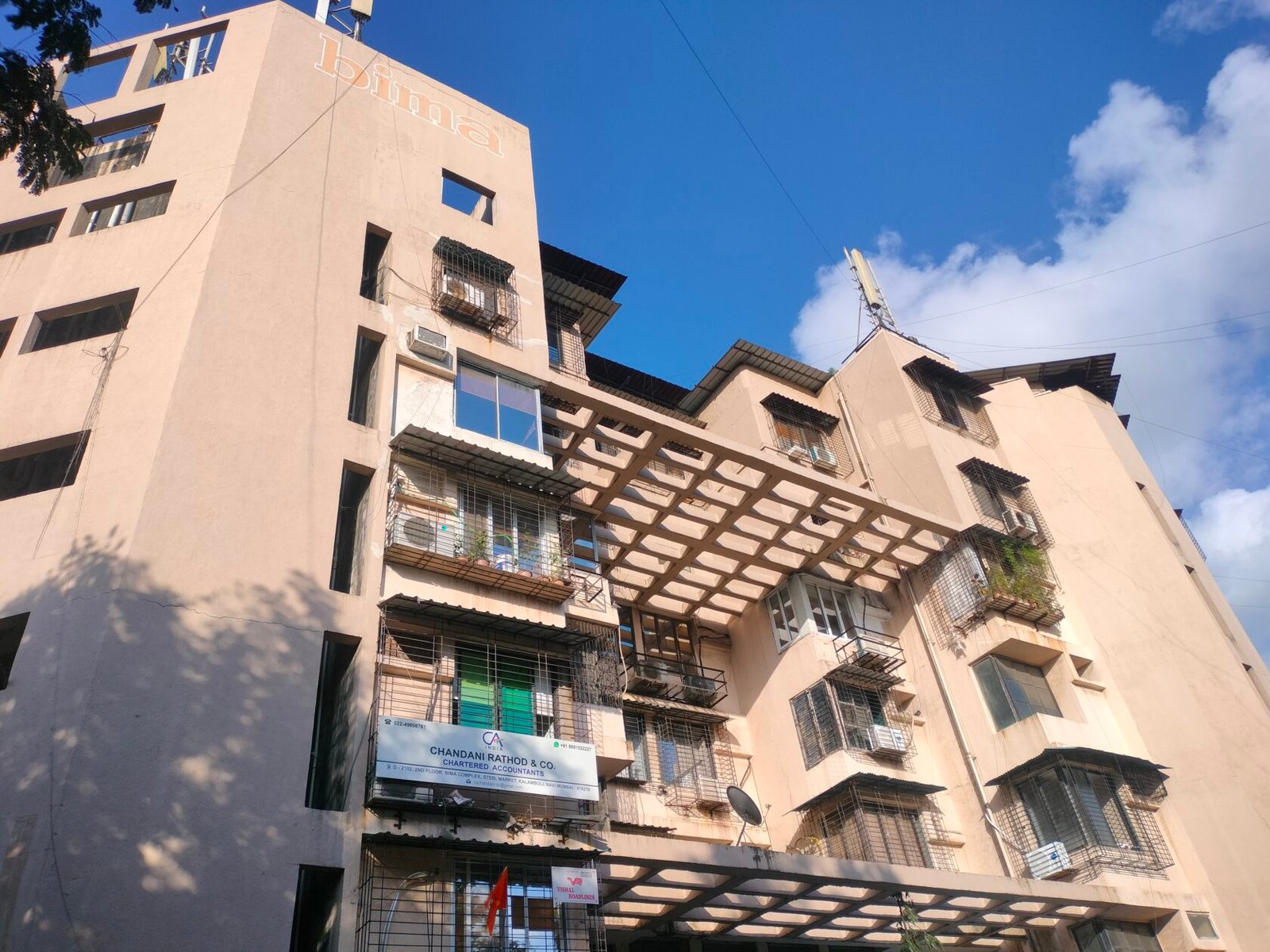
If Kalamboli has a heartbeat, it pounds inside the steel yards.
This is Asia’s largest iron and steel trading ecosystem, serving ports, industries, and construction giants across India. This market isn’t just commerce. It represents decades of trust and shared struggle.
BIMA: The “Brotherhood” That Built the Market
At the core stands BIMA: Bombay Iron Merchants’ Association.
More than 70 years old. More than rules and registers.
It is a brotherhood built on trust.
Trading is competitive, but relationships are family-like. Traders rely on handshakes backed by genuine honor. Disputes are rare because reputation is everything.
Even the BIMA-certified weighbridges feel sacred. Their receipts are trusted by buyers and sellers alike. Fair weight is fair trade. No tricks. No shortcuts.
BIMA also funded and built the BIMA Complex—brick by brick—when Kalamboli was still barren landscape. No government rescues. No corporate bailouts. Just collective grit.
Check out these deeper stories from our blog:
Life in the Yards: An Insider’s Guide
Every steel trader knows these rhythms:
The clang of cranes.
The chai steam rising at Bima Tea Shop.
Lunch hunger solved at Gurukrupa Khanaval or Aagri joints.
Where negotiations happen mid-meal. Where relationships deepen over cutting chai.
Yet not all is perfect.
Ask anyone working in the yards and they have complaints ready:
Traffic chokepoints. Parking disasters. The endless dust.
Economy fuels Kalamboli. Inconvenience slows it down.
Living in Kalamboli: A Sector-by-Sector Residential Guide
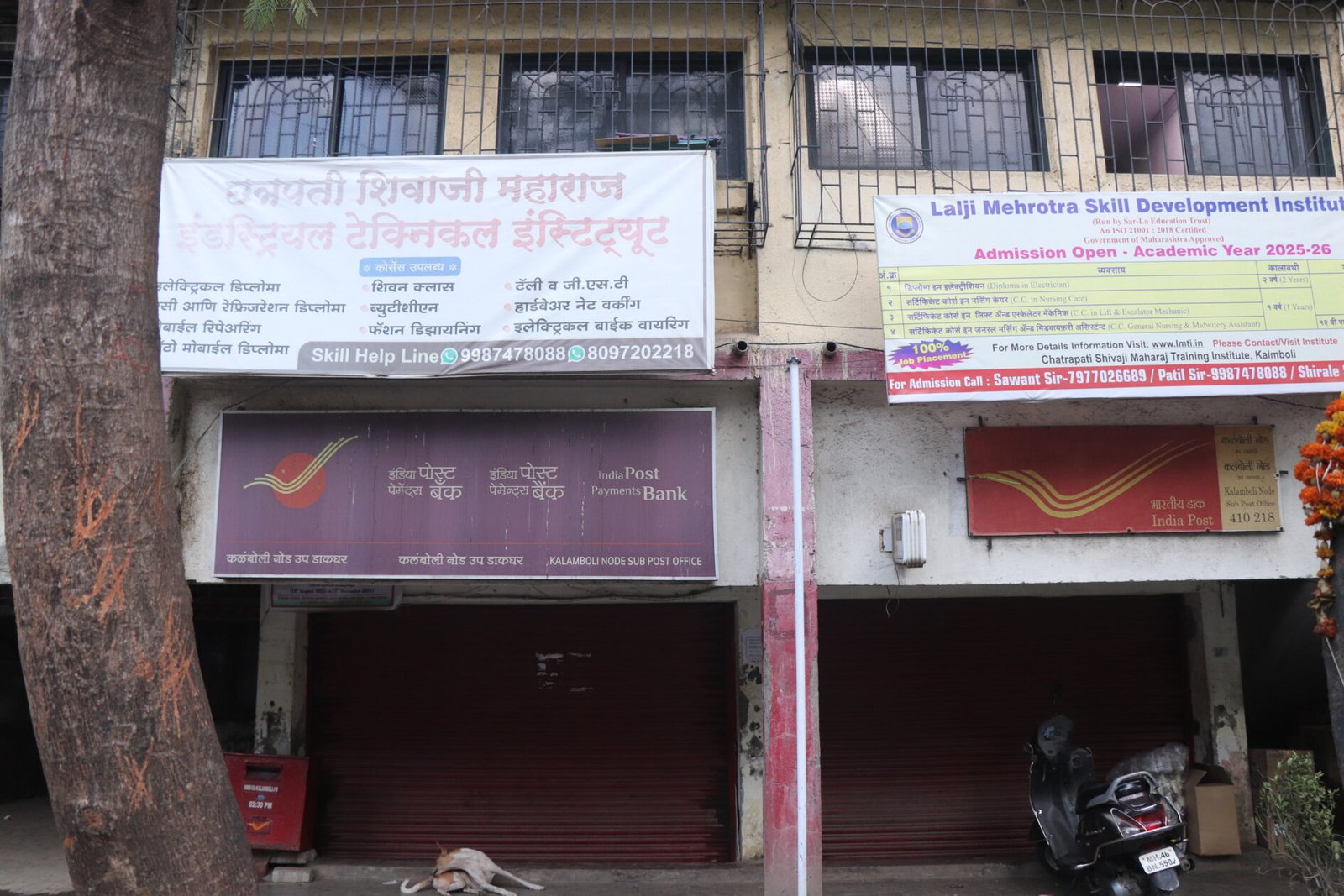
Kalamboli isn’t Navi Mumbai’s showpiece.
It’s Navi Mumbai’s most practical deal.
For everyday Indians dreaming of their first home, this locality is a launchpad. Let’s break down the residential map:
For Budget Buyers (₹35L – ₹60L)
Older CIDCO sectors: 15, 17, 19
Perfect for compact 1RK/1BHK units.
Expect simpler amenities, but strong accessibility.
Sectors 1 & 1E, 2 & 2E, 3 & 3E, 4 & 4E (home to Kalamboli’s original LIG and KL-type CIDCO buildings)
Perfect for compact 1RK/1BHK units.
Expect simpler amenities, but strong accessibility and established community networks.”
Residents here love:
✔ Local markets
✔ Schools close by
✔ Solid community networks
For Mid-Segment Buyers (₹65L – ₹1Cr)
Sector 16, Sector 25 & D-Mart belt
Modern gated societies with:
✔ Elevators
✔ Play zones
✔ CCTV
✔ Better layouts
Ideal for young families working in Kharghar or Panvel.
For Premium Buyers (₹1.1Cr+)
Near Sector 36 and airport influence zones.
Developers are pitching:
• Rooftop pools
• Podium gardens
• Clubhouses
Kalamboli’s luxury market remains lean, but the airport is stirring up aspirations.
More on real estate here:
The "Unofficial" Local’s Report Card: Schools & Healthcare
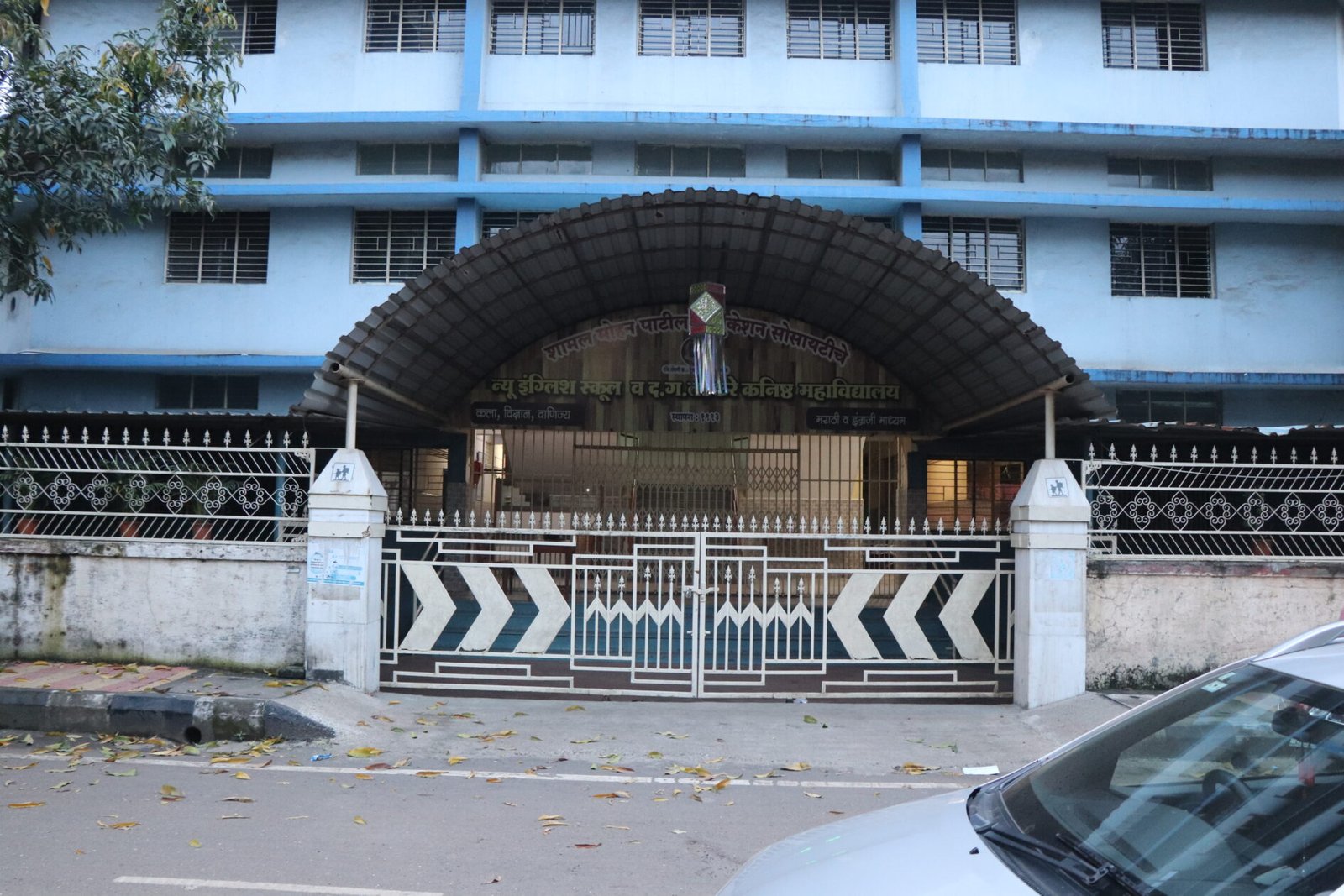
Every family checks two things before buying a house:
Schools and hospitals.
Here’s the truth locals actually whisper:
Kalamboli’s Best Schools (The Parent Review)
- MES Public School → Most loved, cooperative management
- Carmel Convent → Strong academics but parents feel pressured
- St. Joseph’s Kalamboli → Reputation struggles; parents voice concerns
More about schools:
Kalamboli’s Hospitals (The Patient Review)
- Dolphins Hospital → Trusted for kids, excellent pediatric care
- Jeevan Jyot Hospital → Good for general check-ups
- Asha Multispeciality → Mixed reputation; depends on the doctor
More about healthcare:
The Local Lifestyle: Food, Shopping & Recreation
Kalamboli’s lifestyle feels more grounded than glamorous. Simple joys thrive here.
Where to Eat: From Hotel Mirchi to Street Food Legends
Start with Hotel Mirchi. Locals swear by:
- Special Biryani
- Paneer Lazeez
- Pav Bhaji
Snack chasers head to:
- Mr. Vadapav
- Mishra Bhel Puri Stall
- Delhi Food Villa
Secret truth:
For the best Misal Pav?
Residents quietly slip into Panvel and Kharghar.
Further reads:
Where to Shop: The “Go-To” Local Stores
Wedding prep?
Head to Balaji Silks & Gayatri Saree.
Phone repairs?
Locals trust Gawas Electronics.
Furniture?
Akshar Interio is the unofficial home upgrade HQ.
More local shopping guides:
- Best Saree Shops in Kalamboli Navi Mumbai
- Best 4 Modular Kitchen in Kalamboli
- 4 Best Furniture Shops in Kalamboli
…and more depending on your categories
Parks & Recreation: The Community’s Green Lungs
Morning walkers → Cidco Smruti Van + Kalamboli Garden
Kids evenings → Sports grounds & slides in every major sector
Recreation guides:
The Daily Grind: Navigating Kalamboli’s Transport Network
Traffic and transport shape residents’ days. Life revolves around commute strategies.
The Kalamboli Railway Station Experience
Three issues define it:
1️⃣ Peak-hour overcrowding
2️⃣ Frequent disruptions due to derailments
3️⃣ Complaints of ticket scams
Locals depend on it. Locals curse it.
Internal Link:
Kalamboli Railway Station Navi Mumbai: KLMC–KLMG Difference & Future Plans
The NMMT Bus & Rickshaw Reality
✅ Wide reach
✅ Critical last-mile support
❌ High fares vs BEST
❌ NMMT app rarely functional
❌ Rickshaw meter tampering concerns
Internal Link:
Residents continue hoping mobility solutions arrive faster than new construction deals.
The Future of Kalamboli: Excitement vs. Skepticism
Three powerful projects are reshaping dreams:
✈️ Navi Mumbai International Airport
🌉 Mumbai Trans Harbour Link
🛣️ Kalamboli Junction Upgradation
On paper:
Kalamboli becomes a real estate hotbed.
On ground:
Residents shake heads and joke,
“18 months? Try 12–20 years.”
They desire progress, but they’ve seen deadlines dissolve before.
The “Missing Piece” in Kalamboli’s Puzzle
Housing? ✅
Jobs? ✅
Connectivity? ✅
What’s missing?
Leisure. Fun. A reason to stay out on weekends.
Not a single multiplex exists inside Kalamboli.
That absence isn’t about movies—it symbolizes a lifestyle gap.
Until Kalamboli gets:
• A mall
• Multiplexes
• More dining + cafés
• Hangout zones
…it remains practical, not premium.
Conclusion: The Forged Heart of Navi Mumbai
Kalamboli has been shaped by steel, but it’s now being defined by the people who call it home.
It stands as:
• A crucial junction
• An industrial powerhouse
• A residential lifeline
• A place in transition
Kalamboli is not looking for acceptance. It wants evolution. One construction crane at a time, one park at a time, one school at a time, it’s forging a future where the locality’s narrative shifts:
From a market town to a real neighborhood.
From functional to enjoyable.
From a satellite node to a city of its own.
Kalamboli’s heart beats loud.
Soon, everyone else will hear it.
FAQ's
Frequently Asked Questions
